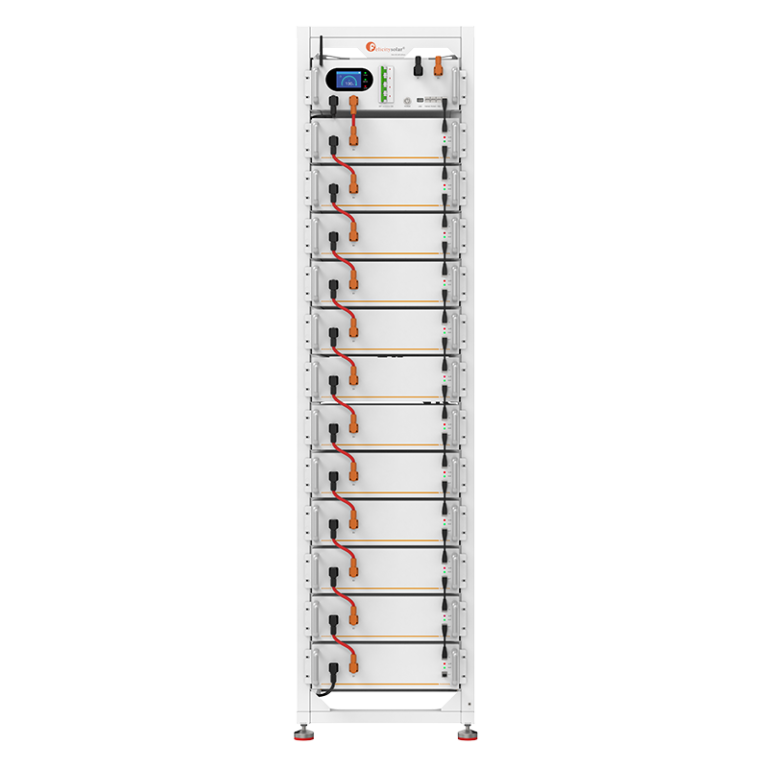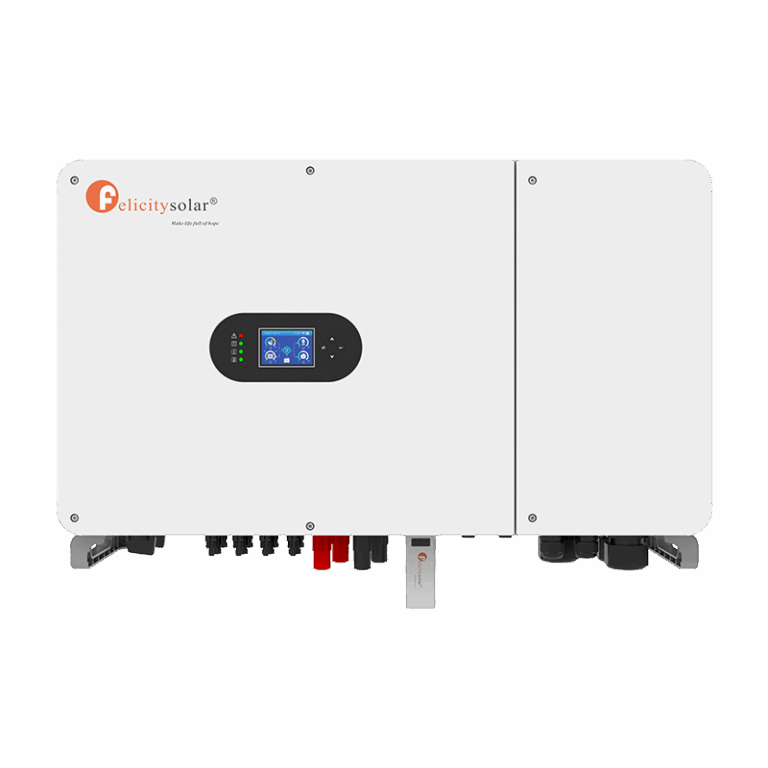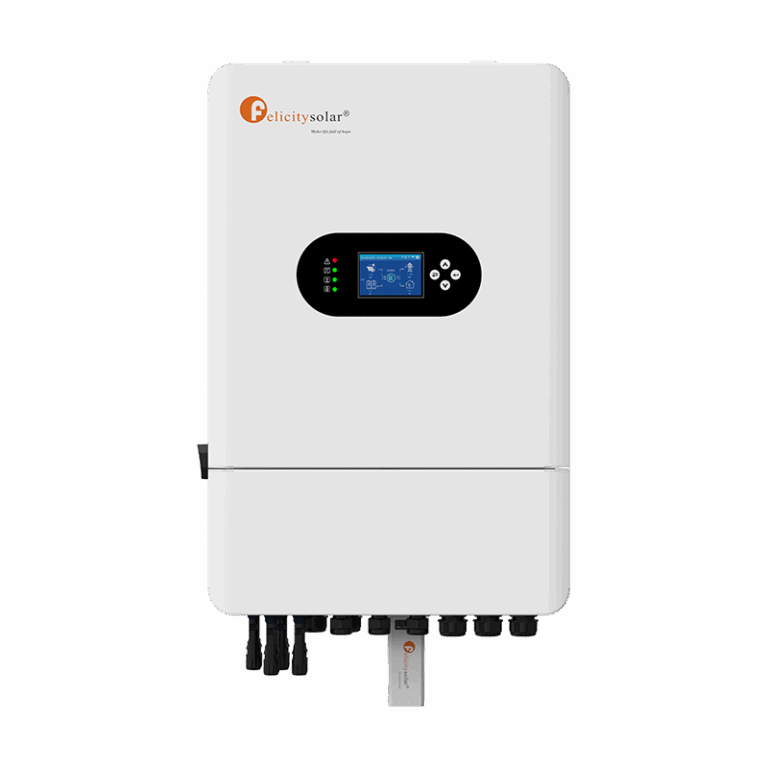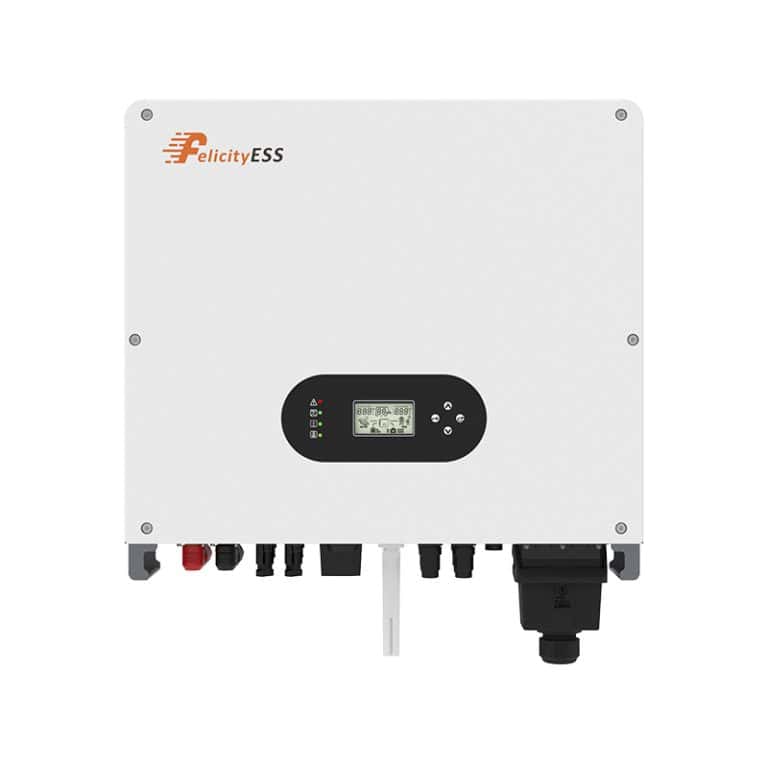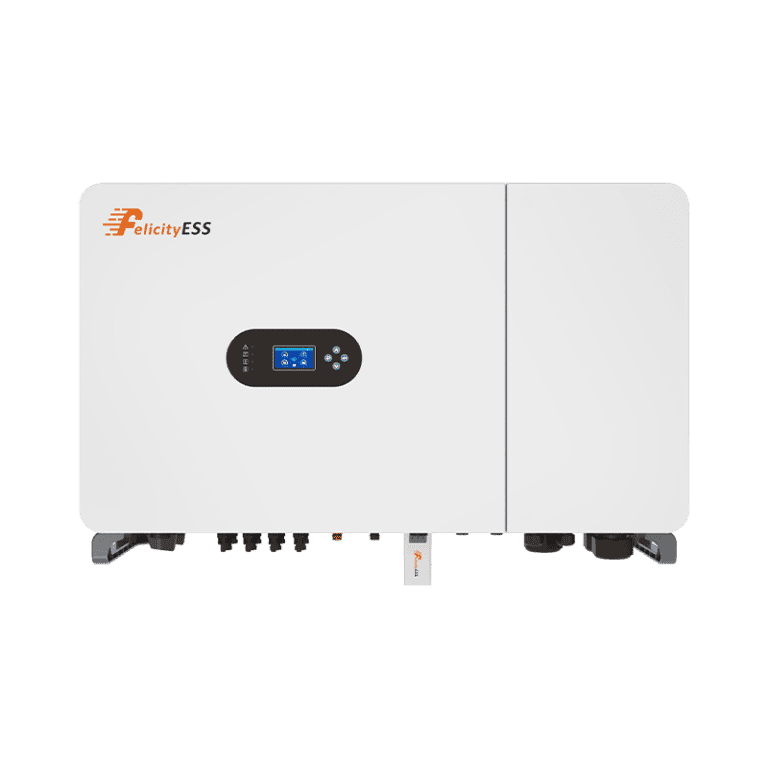Los paneles solares se han convertido en sinónimo de energía renovable, promocionados por su capacidad para aprovechar la luz solar y generar electricidad limpia. ¿Pero qué pasa cuando el cielo está nublado? ¿Los paneles solares dejan de funcionar por completo o siguen funcionando hasta cierto punto? Profundicemos en la ciencia y los aspectos prácticos detrás energía solar en días nublados.
Cómo funcionan los paneles solares
Para entender su eficiencia en días nublados, es fundamental saber cómo funcionan los paneles solares. Los paneles solares utilizan células fotovoltaicas (PV) para capturar la luz solar y convertirla en electricidad. Estas células no necesariamente requieren luz solar directa; También pueden utilizar luz difusa, que ocurre cuando las nubes u otras condiciones atmosféricas dispersan la luz solar.
Rendimiento en días nublados
Contrariamente a una idea errónea común, los paneles solares no se apagan en días nublados. Sin embargo, su eficiencia disminuye. En promedio, los paneles solares generan entre 10% y 25% de su potencia habitual cuando el cielo está muy nublado. Esta reducción depende de factores como la densidad de las nubes, el tipo de paneles solares utilizados y la ubicación geográfica.
Curiosamente, ciertas tecnologías de paneles solares, como los paneles monocristalinos, capturan mejor la luz solar difusa. Además, las temperaturas más frías durante el tiempo nublado pueden mejorar la eficiencia de los paneles solares, ya que el calor excesivo puede obstaculizar su rendimiento.
Perspectivas geográficas
Algunas de las regiones más nubladas del mundo, como Alemania, todavía lideran la producción de energía solar. ¿Cómo? A través de un diseño de sistema eficaz, paneles de alta eficiencia y soluciones de almacenamiento adecuadas. Es un testimonio de la adaptabilidad de la energía solar incluso en condiciones menos que ideales.
El papel del almacenamiento de energía
Para contrarrestar la reducción de la producción de energía durante los días nublados, muchos sistemas de energía solar integran soluciones de almacenamiento de energía como baterías. Estos sistemas almacenan el excedente de energía producida en los días soleados, asegurando un suministro constante de electricidad incluso cuando la producción cae debido a cielos nublados.
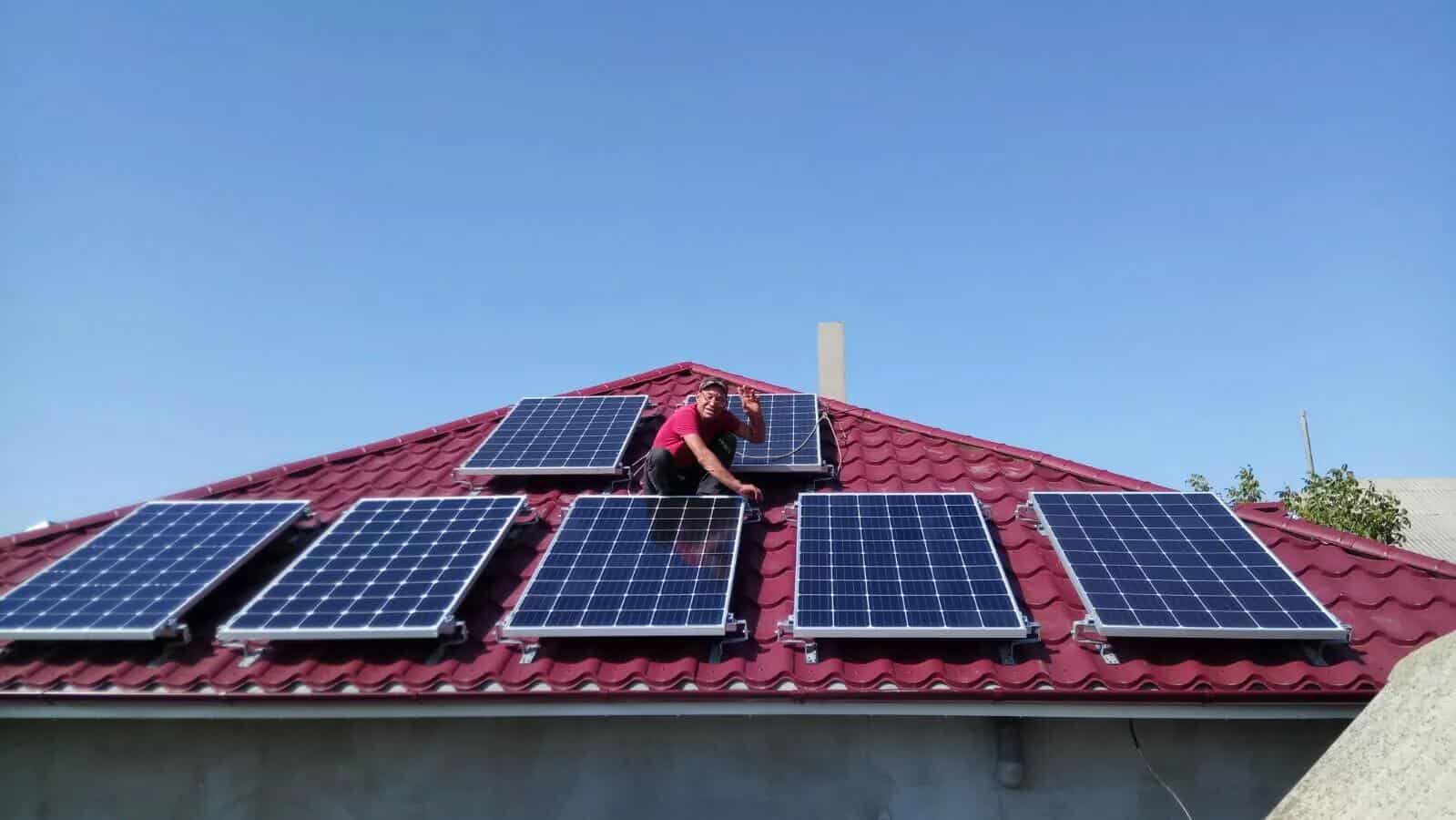
Maximizar la eficiencia de los paneles solares
A continuación se muestran formas de optimizar el rendimiento de los paneles solares, incluso en condiciones de nubosidad:
- Invierta en paneles de alta eficiencia: Los paneles como los monocristalinos funcionan mejor en condiciones de poca luz.
- Mantenimiento regular: Mantenga sus paneles limpios y libres de escombros para maximizar su exposición a la luz disponible.
- Sistemas de almacenamiento de energía: Agregar una batería de respaldo garantiza la confiabilidad durante períodos de poca luz solar.
- Optimizar la ubicación del panel: Angular adecuadamente los paneles para maximizar la captura de luz puede marcar una diferencia significativa.
Innovaciones solares para climas nublados
La industria solar está innovando continuamente para hacer que los paneles sean más efectivos en diversas condiciones. Por ejemplo, los paneles solares bifaciales, que pueden capturar la luz de ambos lados, están ganando popularidad por su capacidad para aprovechar la luz solar reflejada, aumentando la eficiencia general. También se están implementando sistemas de seguimiento avanzados para garantizar que los paneles ajusten sus ángulos dinámicamente para capturar la máxima luz durante todo el día.
Además, la investigación sobre células solares en tándem promete un aumento significativo en las tasas de conversión de energía. Estas células combinan múltiples capas, cada una optimizada para capturar diferentes longitudes de onda de luz, mejorando así el rendimiento incluso bajo luz solar difusa. Estas innovaciones tienen como objetivo hacer de la energía solar una solución más robusta y versátil, independientemente de la variabilidad climática.
Conclusión
Sí, los paneles solares funcionan en días nublados, aunque con una eficiencia reducida. Con avances en tecnología y soluciones de almacenamiento innovadoras, la energía solar sigue siendo una fuente de energía confiable y sostenible, incluso en climas menos soleados. Para quienes estén considerando la energía solar, comprender su rendimiento en diversas condiciones es clave para aprovechar al máximo su inversión.
Desde sistemas de almacenamiento hasta avances tecnológicos, los paneles solares están demostrando su valía tanto en cielos despejados como nublados. ¿Listo para aprovechar el poder del sol? Llueva o haga sol, el futuro es brillante para los entusiastas de la energía solar.



